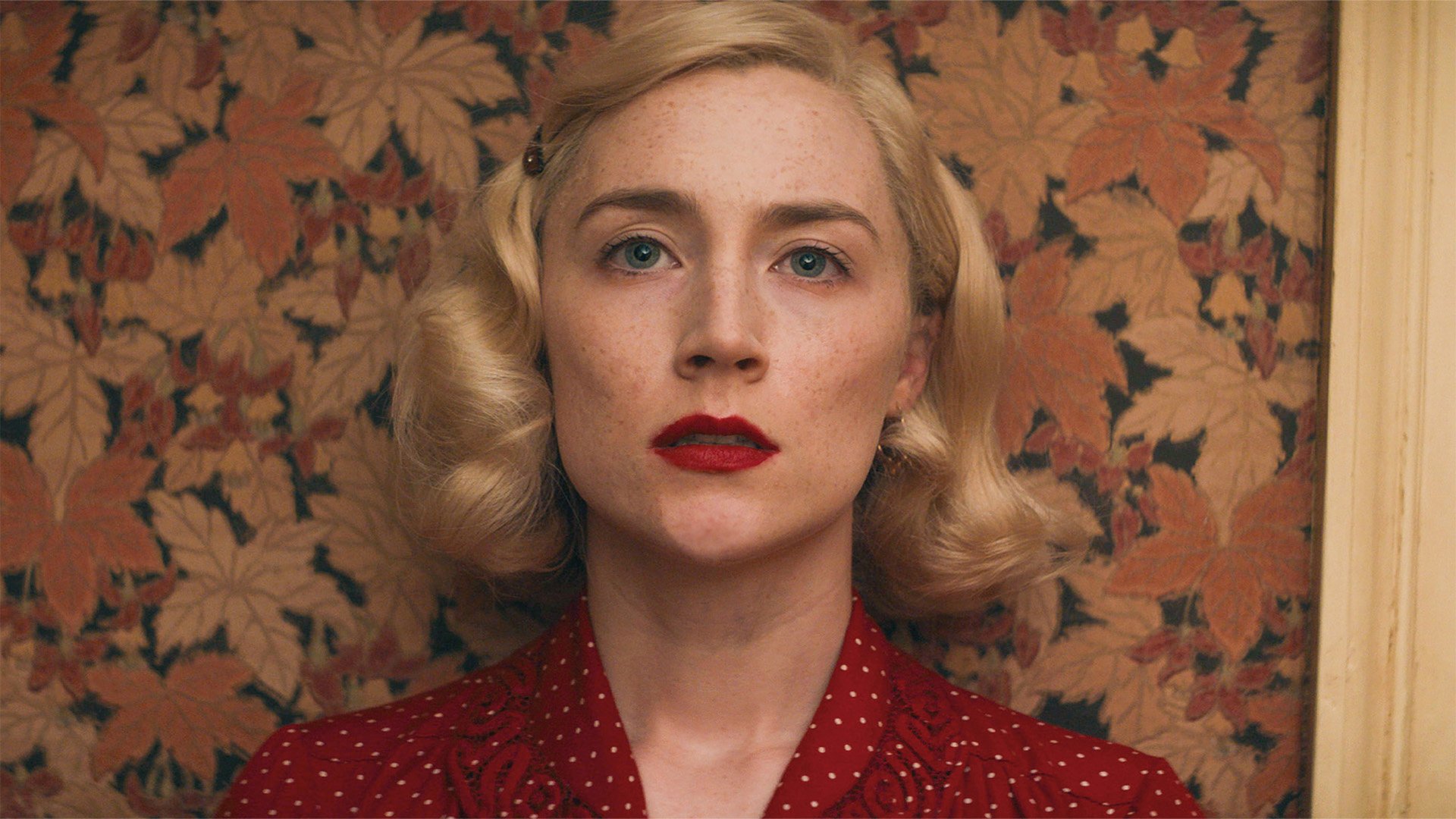Steve McQueen’s war drama highlights the largely untold stories of World War II: those of the women left behind to pick up the pieces. By Jess Bacon

World War II is well-documented on screen across biopics, documentaries and narrative features, all of which tend to centre on the action at the heart of the conflict (think Dunkirk [2017], Operation Mincemeat [2021] or Darkest Hour [2017]). Steve McQueen’s Blitz, by contrast, offers a rare insight into the wartime lives of women. Rather than making tea and patiently waiting for their husbands to return home, the female characters in McQueen’s movie are stoic, resilient women trying to live in the face of death.
As the title suggests, the film documents the lives of those affected by the mass air attacks in London from September 1940 to May 1941. It focuses on the women, children (and some men) who were left behind, redeployed out to work during the day and hiding out in overcrowded bomb shelters or abandoned Tube stations at night.
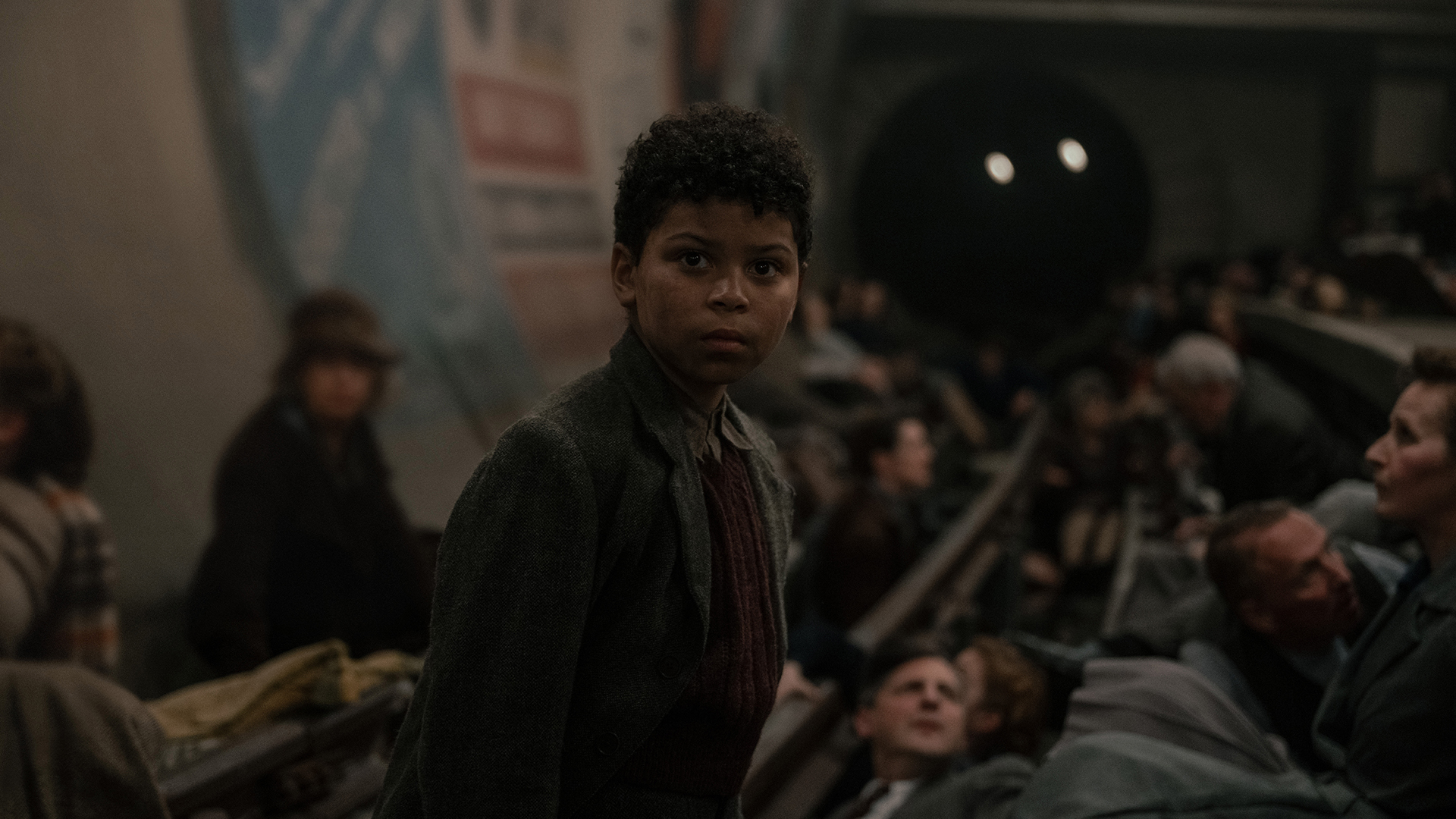
McQueen’s epic follows Rita (Saiorse Ronan in her first role as a mother), saddled with the bleak reality that she must evacuate her nine-year-old son George (Elliott Heffernan) from the city. It strains their close relationship and his parting words are ‘I hate you’. Fuelled by anger at the betrayal of being sent away, George jumps off the moving train to embark on a tumultuous journey back home to his mum. Distraught and distracted, Rita heads to work, blue overalls neatly tied around her waist, before she tends to machinery as her friends chatter around her. Though the atmosphere surrounding Rita is lively, with women working and welding together, it’s harrowing to see that they are actually building bombs. Ones similar to those that torment them every night.
McQueen, who subverted World War II film expectations with his meditative Amsterdam-set documentary Occupied City (2023), continues that impulse with Blitz. He told journalists at its London Film Festival press conference that he ‘wasn’t interested’ in showing Winston Churchill. McQueen continued, ‘I was interested in ordinary people, how they navigated their way through this hell that was put on them… For me, it wasn’t about guys in khaki in a field somewhere in France, fighting each other. It was about people trying to survive in their everyday life… women working in factories and how they, after the war, were not going back to domestic chores.’
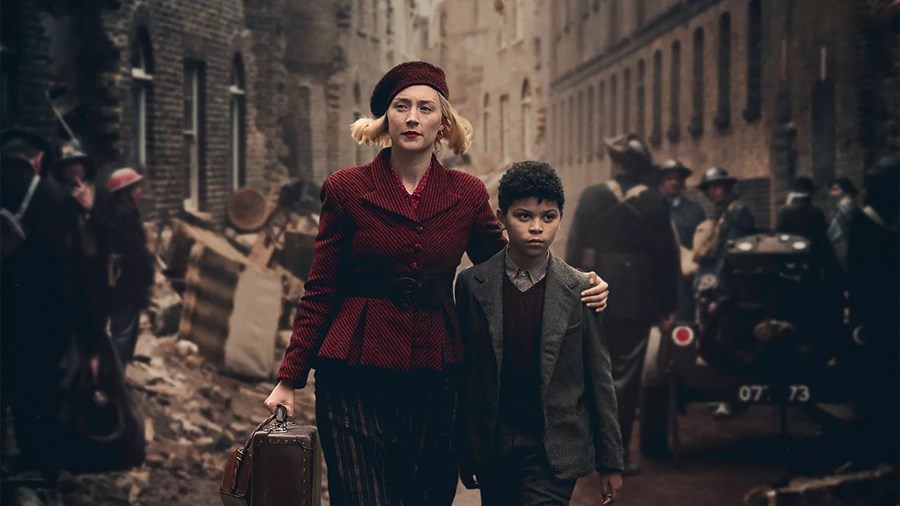
Blitz (2024)
The film’s grounding force is Rita, a plucky single mother with a love of blues music who lives with her father (Paul Weller). She’s an atypical woman of the period, not pining for her husband at war but her Black lover who was deported back to the Caribbean by racist police after being attacked outside a London nightclub. Despite being torn from the father of her child, Rita accepts this patent injustice with a stoicism in keeping with the wartime ‘keep calm and carry on’ attitude.
McQueen’s film presents this for what it was: people trying to do their best when confronting their worst nightmares. For instance, at the end of a long day of tending to bereaved children in a shelter, Rita takes herself off to a dark corner to finally cry over the devastating fact that George is missing. Her grief and fear erupts in this private moment. It’s a far cry from the smile she usually wears when trying to support the war effort and keep up morale.
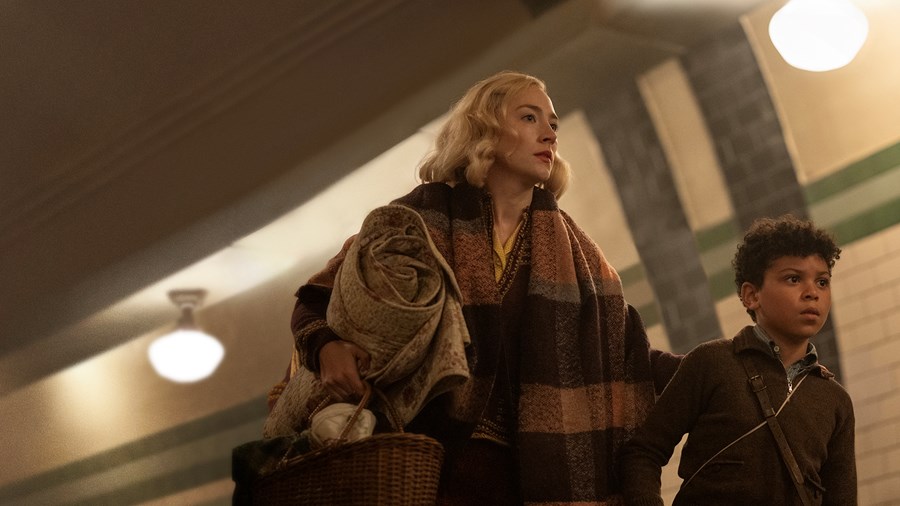
Blitz (2024)
Rita is enlisted to keep spirits high at work when selected to sing as part of a live BBC radio broadcast designed to cheer the nation. She dedicates her song to George and all the other mothers who have had to evacuate their children. Throughout Blitz, McQueen weaves in songs that function as soft respites from the traumas of war, breaking up the endless bombing and deafening gunfire. These musical interludes soothe not only the characters, but the audience too, and are accurate representations of the wartime spirit. This factory performance is a particularly poignant example, since Rita, who said a painful farewell to her son mere hours earlier, stands up in front of hundreds of women to put on a brave face for the greater good of the war.
This aspect of the Blitz – namely the lives of the women who were sent out to work in munition factories – is rarely seen on screen. Though it’s a forgotten perspective, McQueen explores it beautifully in his film. There were over 950,000 women like Rita who were recruited for these roles during World War II, manufacturing equipment for the armed forces such as shells, powder guns and rifles. These women swapped their safe domestic lives, raising their children and running households, for perilous factory ones. As Victoria Panton Bacon, the author of Remarkable Women of the Second World War (2022), notes: ‘They were exposed to risks with the machinery they worked with, as well as dangers associated with being round explosive and/or toxic materials, often causing long-term health effects. Adding to the danger was the fact that the factories were enemy targets – if they were discovered.’
Many of the workers who handled sulphur day in, day out were nicknamed ‘canary girls’ because the chemical would turn their skin and hair yellow. Most of these women had never been in a factory before the war, but were now part of a group of over a million workers in engineering and metal industries who became skilled welders, making everything from electrical cable and wire to parachutes and shells. For those women who made bombs, the risk wasn’t any lighter. In munition factories, women had to fill a shell casing with powder and put a detonator on top. If they pressed it down too hard, it would explode and kill them instantly. This crucial historical detail is often left out of World War II narratives to spotlight men on the frontline, or the military leaders or politicians who brought the war to an end.
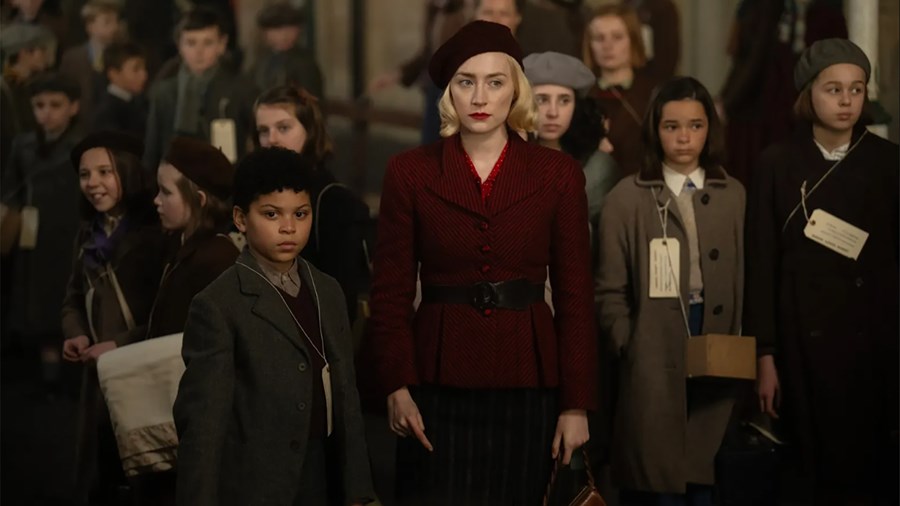
Blitz (2024)

Blitz is essential viewing as it hones in on the horrors of the war at home that overturned everyday people’s lives and led them to become bolder, braver and more rebellious in order to survive. During his journey home, George crosses paths with the apparently friendly Doris (Erin Kellyman), who offers the famished child some food. However, unlike Rita – or conventional representations of wartime women as good-hearted, brave mothers at home – Doris is an opportunist made desperate by war.
Instead of being a guardian angel, she tricks George into assisting her seedy criminal gang led by Albert (Stephen Graham) and the equally intimidating Beryl (Kathy Burke). Beryl and Doris answer to their own laws, stealing from the rubble of bombed jewellers and lavish restaurants to profit off the death of the rich in the city. George is a pawn in the game of these women who have learnt to capitalise on the chaos of war.
Therein lies the brilliance of Blitz. It shows the vast tapestry of womanhood of the period – from workers and welders to crooks and criminals – as opposed to the stock female character of so many other, male-dominated war movies. McQueen offers a refreshing take on the wartime epic by channelling a vital new perspective.
WATCH BLITZ IN CINEMAS
